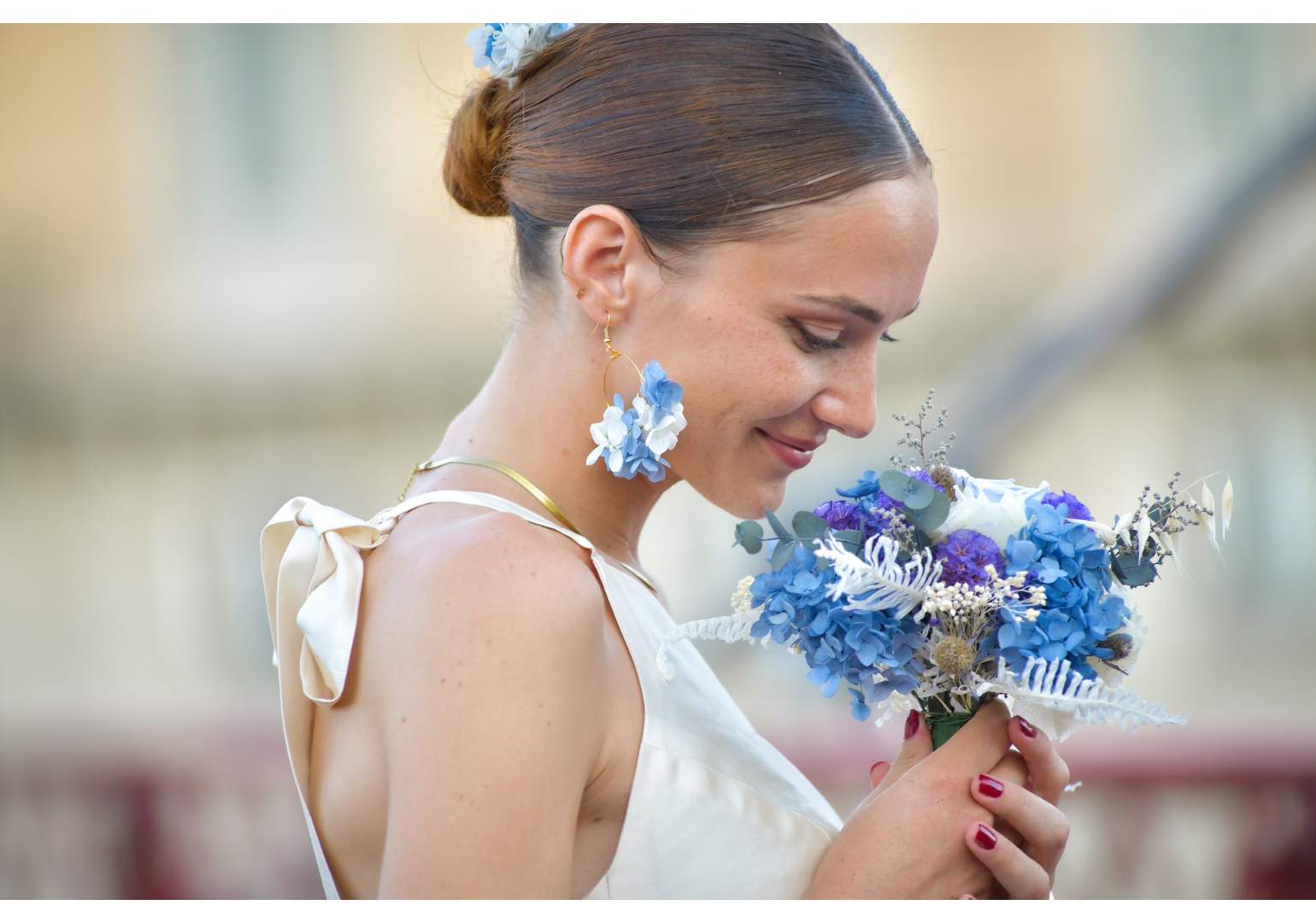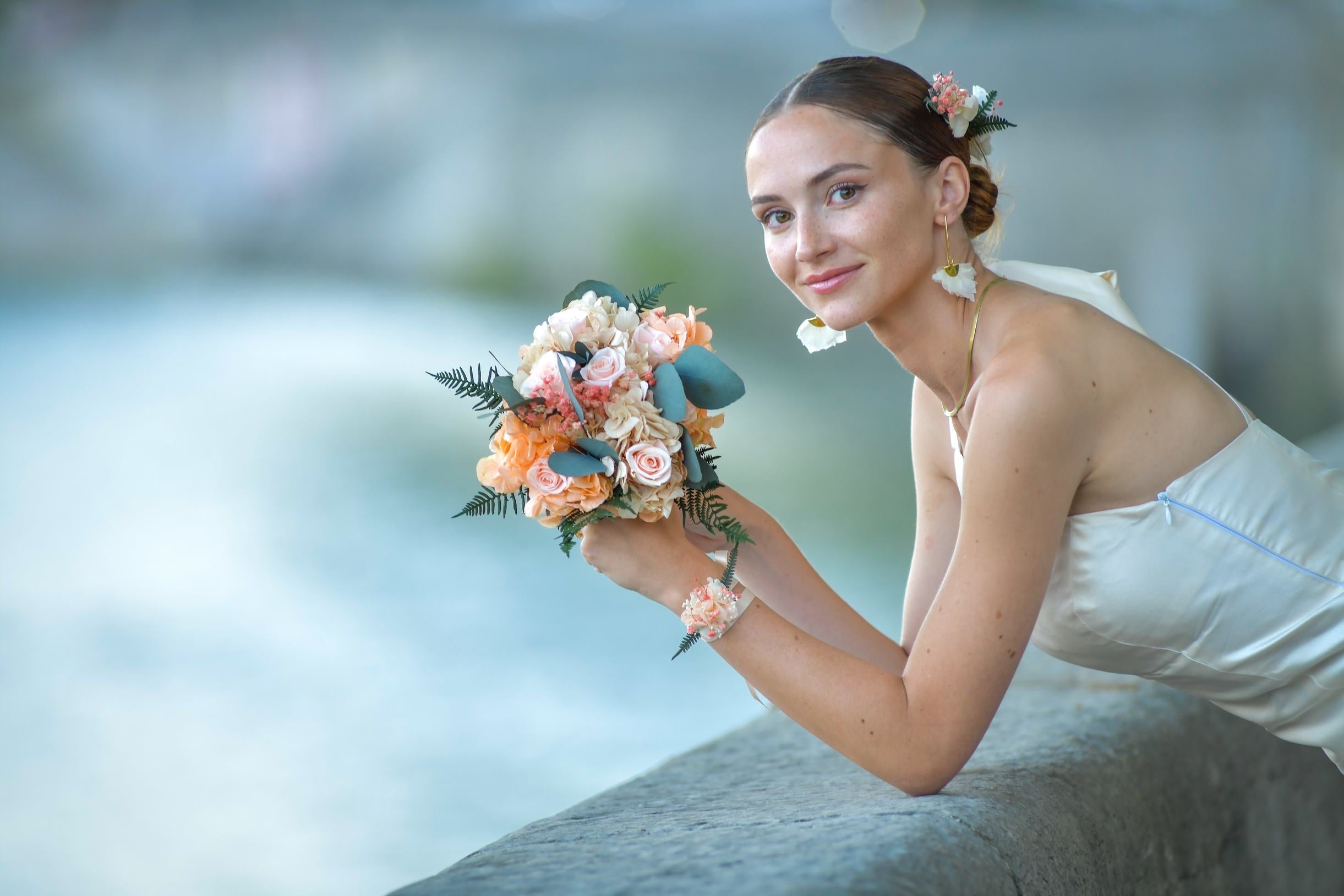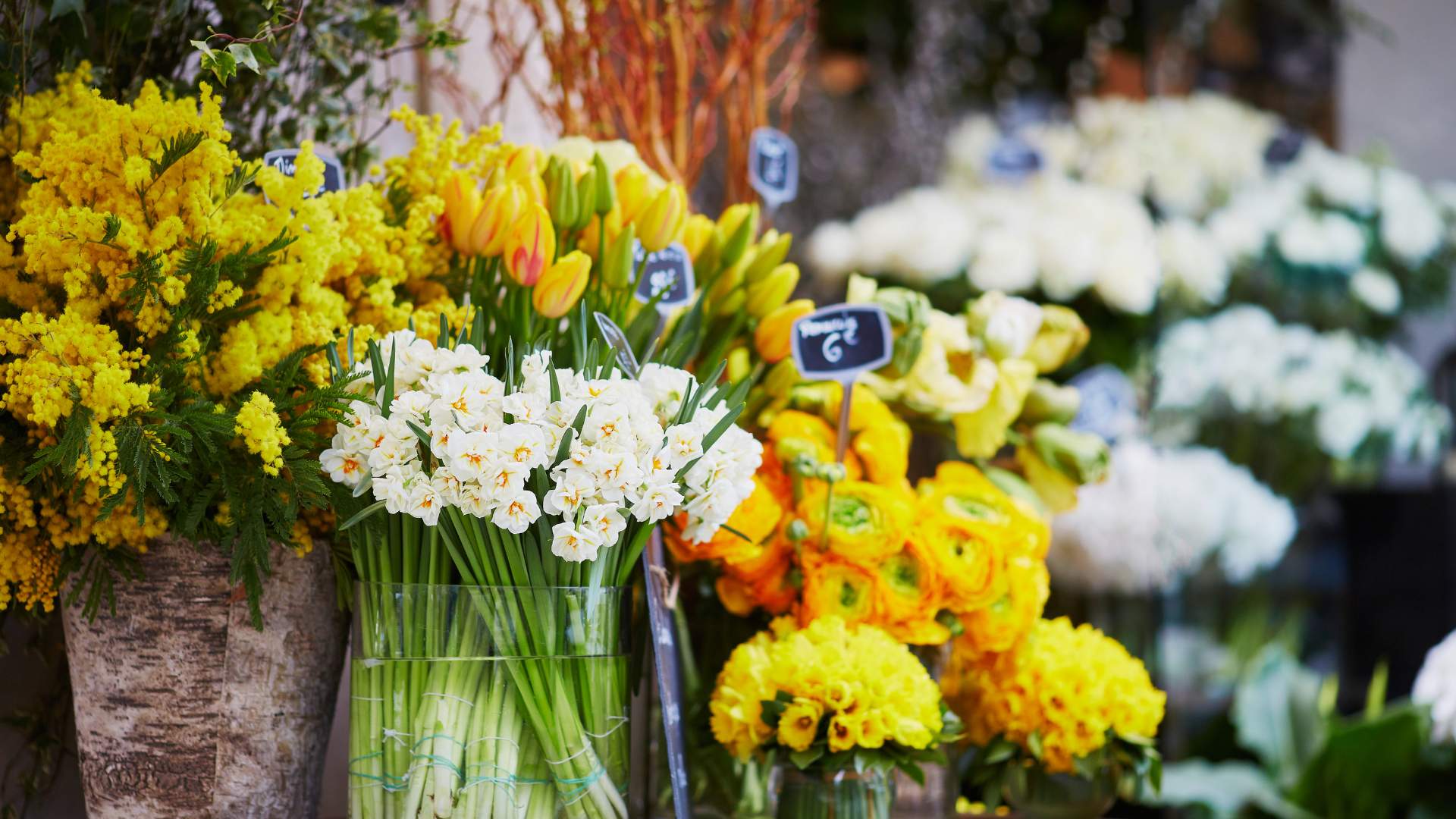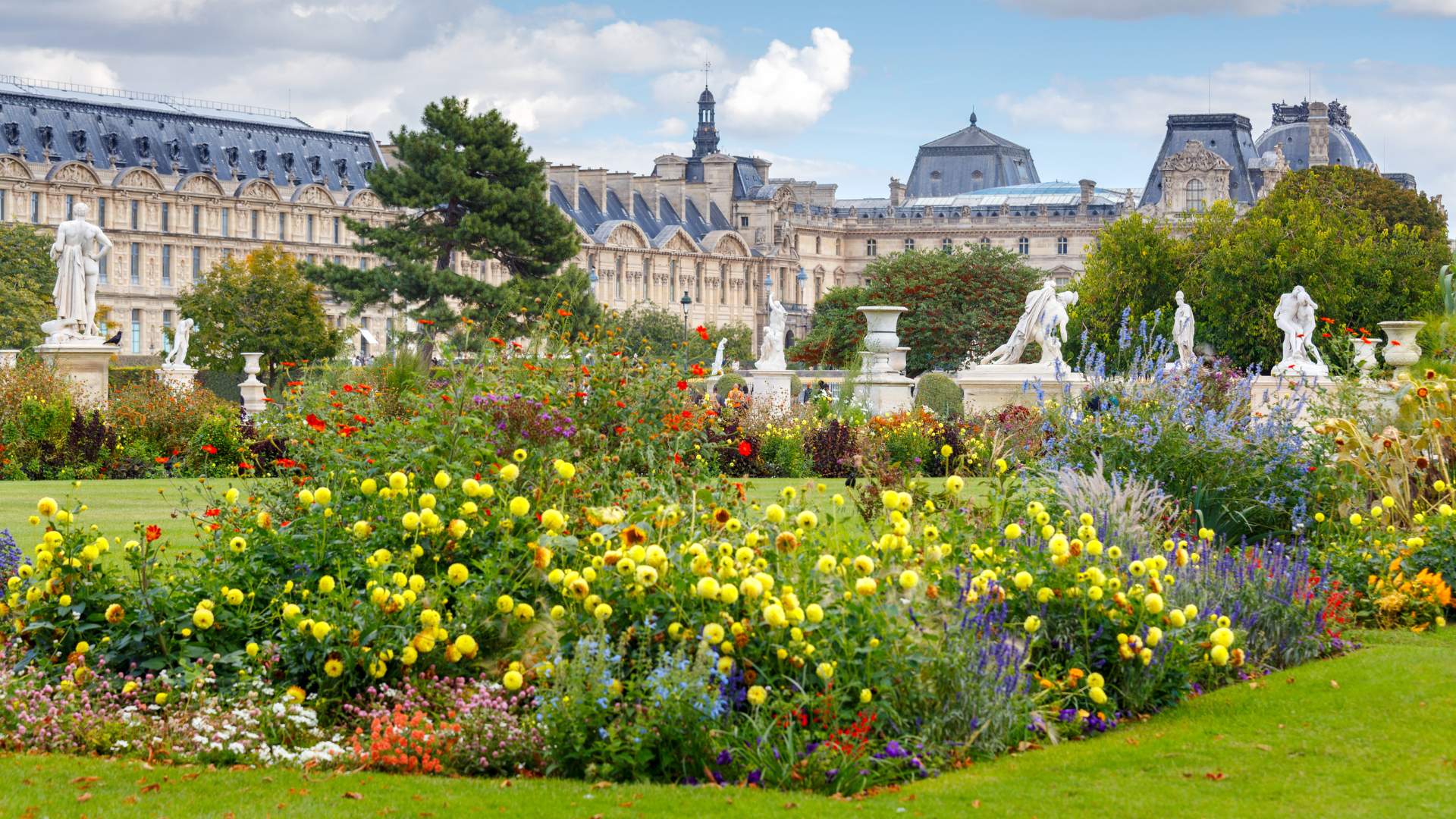Transition to sustainable floriculture: eco-responsible practices and innovations
The floral industry is currently undergoing a major transformation, responding to a growing demand for more sustainable and environmentally friendly practices. This transition marks a crucial shift towards a floriculture that not only beautifies our living spaces, but also actively contributes to preserving biodiversity and reducing the overall ecological footprint.
Selection of fresh seasonal and local flowers
Choosing fresh, seasonal, and locally sourced flowers is the first step toward more sustainable floriculture. This practice significantly reduces the carbon footprint associated with flower transportation. By favoring varieties that grow naturally in the region and are adapted to local climates, growers also minimize the use of pesticides and chemical fertilizers. For example, tulips and daffodils in spring, sunflowers and lavender in summer, chrysanthemums and cosmos in autumn, and camellias and hellebores in winter are all eco-friendly choices for vibrant and long-lasting floral arrangements.
Commitment of eco-responsible florists
Florists play a crucial role in promoting sustainable floriculture. By adopting organic farming practices, they contribute to the preservation of biodiversity and soil health. Growing flowers without the use of pesticides and chemical fertilizers is not only beneficial for the environment, but also for the health of consumers and farm workers. Additionally, eco-friendly florists carefully choose their packaging materials to encourage recycling and reduce their plastic footprint.
Dried and stabilized flowers: sustainable alternatives
Dried and preserved flowers are gaining popularity as sustainable alternatives to fresh flowers. Natural or artificial dehydration preserves the beauty and color of flowers for long periods of time, without the need for frequent replacement. Preserved flowers, treated with a sap-replacement preservative, maintain a fresh appearance for months or even years. This increased durability makes them popular choices for permanent floral arrangements or special occasions, reducing waste and resource use.
Eco-friendly weddings: integrating sustainable practices
Eco-friendly weddings embrace sustainable practices in floral design. This includes using recycled materials to create elegant vases and installing energy-efficient LED lighting to minimize the carbon footprint. Seasonal fresh flowers are often favored for their natural beauty and contribution to an eco-friendly and romantic ambiance. After the event, environmentally friendly floral waste management becomes a priority, with leftover flowers being composted to enrich the soil or redistributed to local establishments to bring comfort to others.
Innovations in alternative floral decorations
Alternative floral decorations encourage innovation and sustainability. Using recycled materials to create unique vases and stands reduces dependence on plastics and promotes responsible consumption of natural resources. Biodegradable floral foam is a great alternative to plastic-based products, offering an eco-friendly solution for floral arrangements while maintaining their aesthetic appeal.
Benefits of Dried Flower Floral Decorations
Dried flower decorations offer several distinct advantages that make them attractive for various occasions. First, they require little maintenance and retain their beauty for extended periods, making them an ideal option for permanent arrangements or for decorating spaces where regular maintenance is impractical. Dried flowers are able to withstand changes in temperature and humidity, making them suitable for various indoor environments.
Additionally, dried flowers are available year-round, regardless of blooming seasons, providing flexibility in choosing colors and textures to match any decorating theme or style. This consistent availability allows event planners and decorators to easily incorporate floral elements into their projects throughout the year, without being limited to specific production seasons.
Another attractive aspect of dried flowers is their ecological sustainability. Unlike fresh flowers, which require refrigeration and rapid transport, dried flowers can be stored and used without significantly impacting the carbon footprint. This not only reduces the logistics costs associated with transporting fresh flowers but also contributes to the reduction of greenhouse gas emissions.
By choosing dried flower decorations, consumers contribute to promoting more responsible and sustainable consumption while enjoying the natural beauty of flowers all year round. Moreover, modern drying techniques preserve not only the aesthetic appearance of the flowers but also their texture and fragrance, offering an enriched visual and sensory experience.
In conclusion, dried flowers represent an ecological and aesthetic alternative to fresh flowers, meeting the demands of a society increasingly concerned about its environmental impact. Their longevity, adaptability, and low ecological impact make them a great option for those looking to decorate sustainably while adding a natural and artistic touch to their spaces and events.
Towards sustainable and responsible floriculture
In conclusion, the transition to sustainable floriculture is crucial for preserving biodiversity, protecting fragile ecosystems, and reducing the floral industry's ecological footprint. By supporting the eco-responsible practices of producers and florists, we contribute to a greener and more sustainable future. Choosing seasonal flowers, favoring recyclable materials, and integrating sustainable alternatives like dried flowers are all steps towards conscious and environmentally friendly consumption. Together, we can beautify our world while preserving it for future generations.








